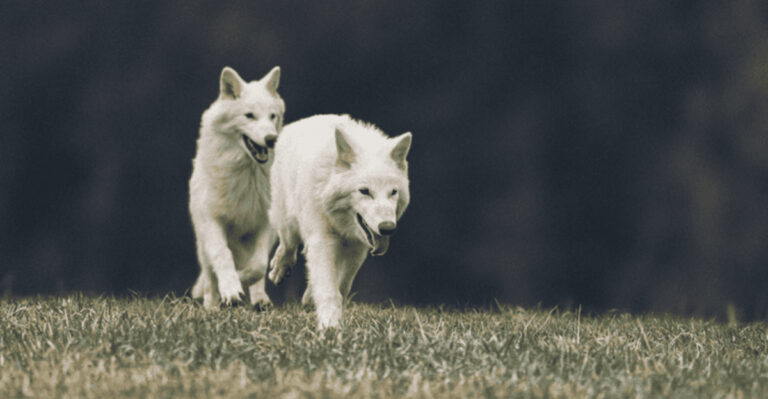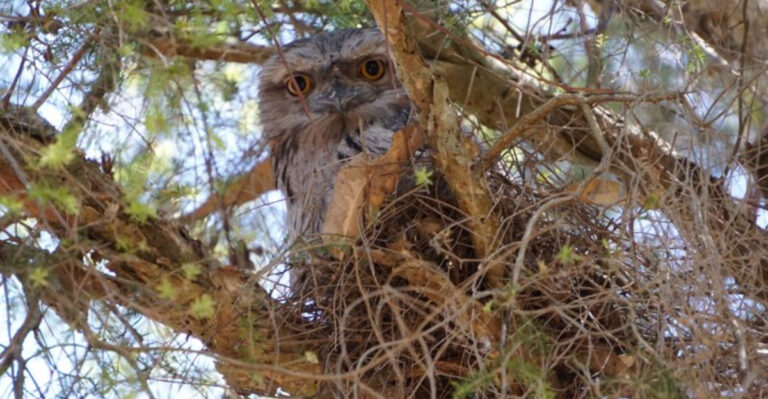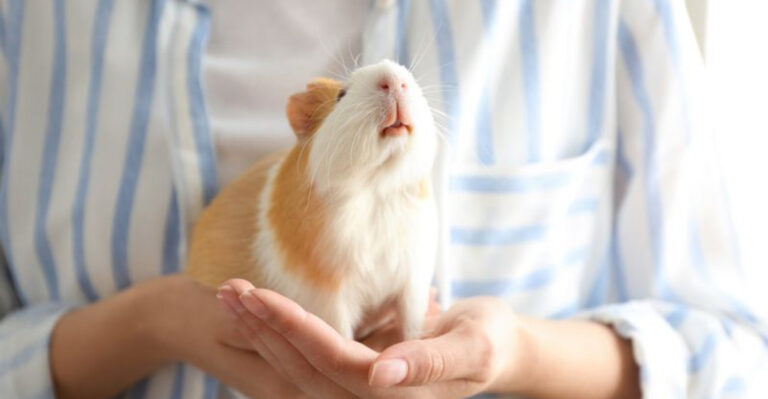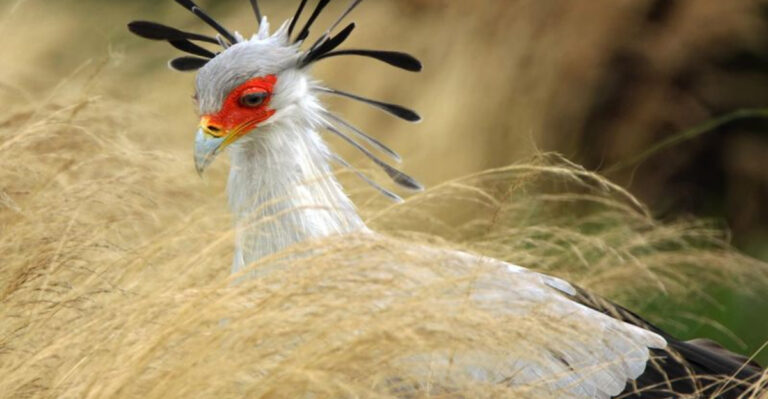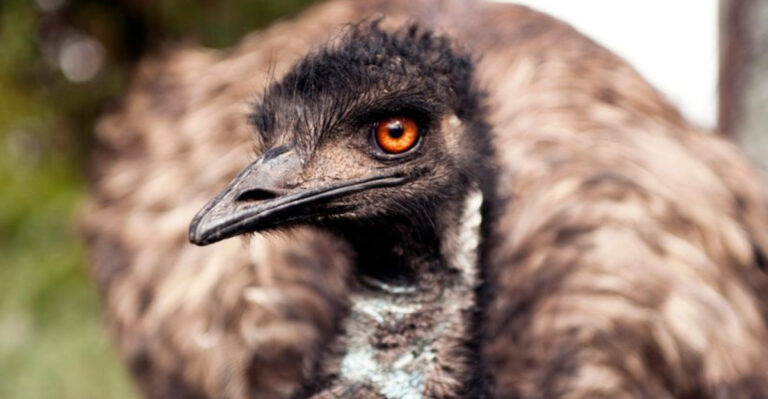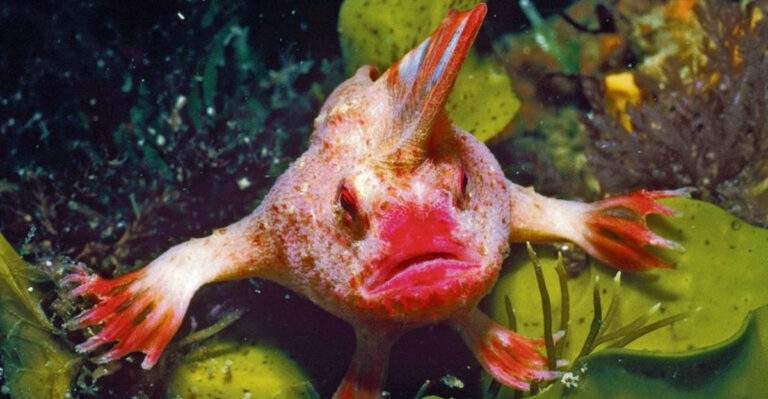12 Sounds Owls Make And What Each Means (It’s Not Just Hoot!)
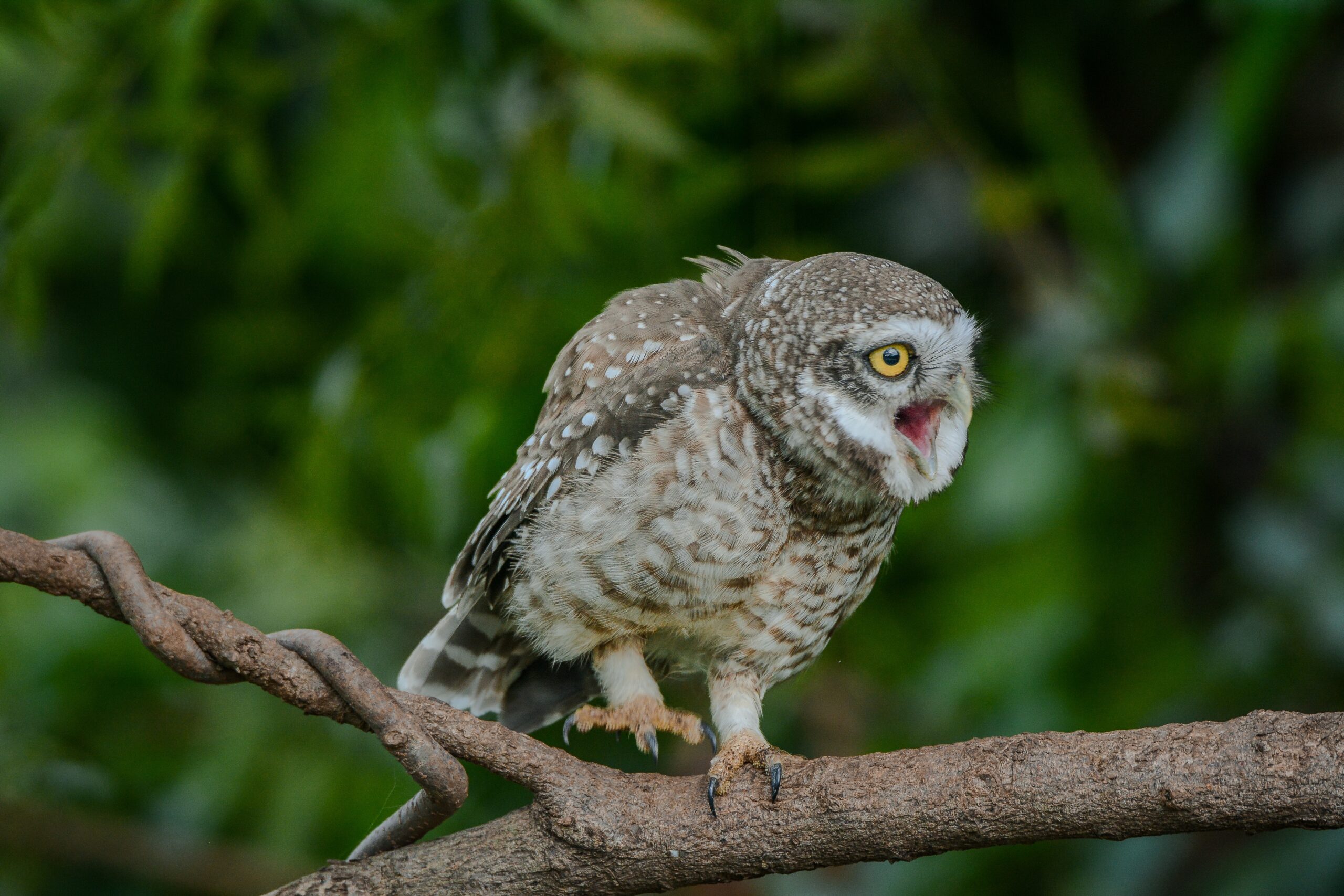
Owls are mysterious creatures of the night, famed for their myriad of sounds that go beyond the classic “hoot.” Each sound carries a unique meaning, offering insights into the owl’s world.
From hunting calls to signaling danger, these sounds are a language of their own, filled with intrigue and purpose. In this list, we explore the diverse array of sounds owls make and uncover what each one signifies.
1. Hoot
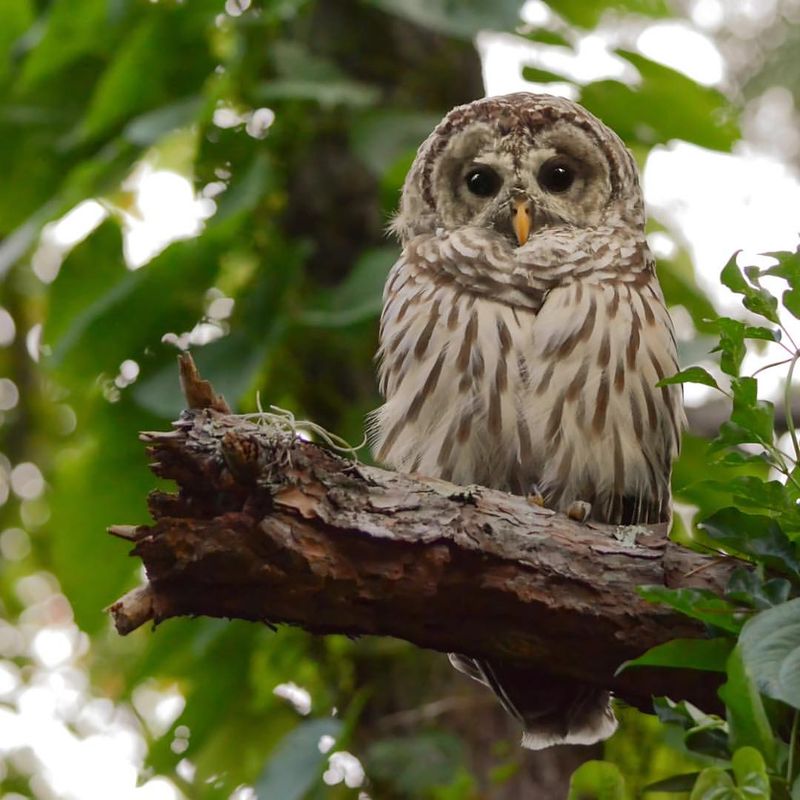
The hoot is the quintessential sound associated with owls, particularly the Great Horned Owl. With its deep and resonant tone, the hoot serves as a territorial call, marking its domain against intruders.
These hoots can often be heard echoing through forests at night, setting a serene and somewhat eerie ambiance. Beyond marking territory, hoots are also used for communication between mates. A series of hoots can be a duet between a male and female, reinforcing their bond.
Interestingly, each owl has a distinct hooting pattern, almost like a vocal fingerprint. So, next time you hear a hoot echoing in the distance, remember it might be an owl’s way of saying, “This is my turf!” or “Hey, love, are you there?”
Listening closely, you might even appreciate the intricate details and the rhythm of these hoots.
2. Screech
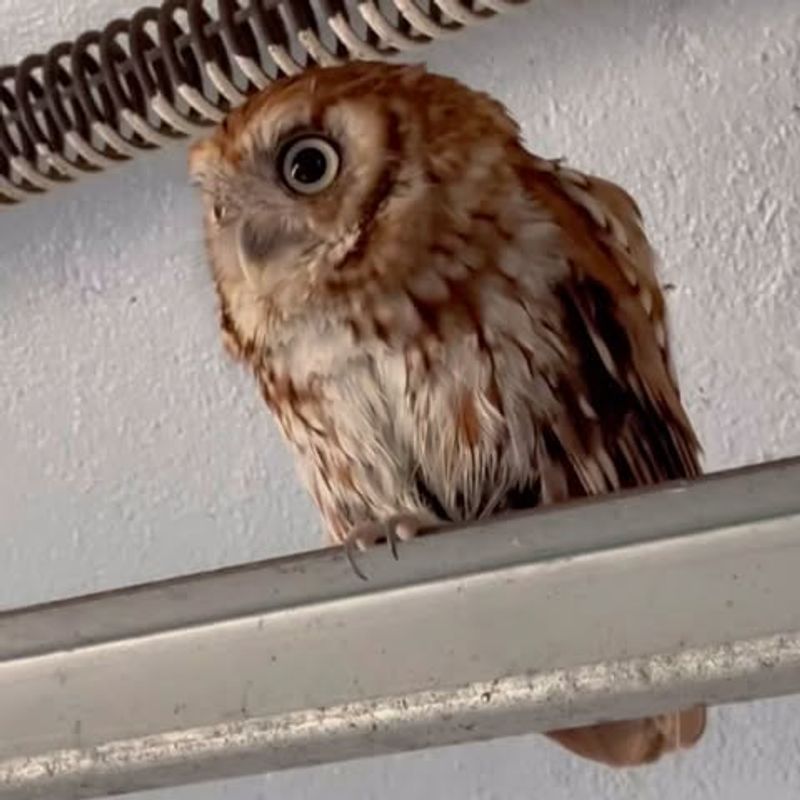
Screeches are not for the faint-hearted, as they sound like something straight out of a horror movie. However, for the Barn Owl, this sound is quite normal and serves an important purpose.
The screech is typically a defensive call, used when the owl feels threatened or needs to ward off potential predators. This chilling sound can also occur during the breeding season, where it plays a role in mate attraction. The intensity and frequency of the screech can convey different messages to other owls.
While the screech may send shivers down your spine, it’s a fascinating aspect of owl communication. So, if you happen to hear a screech piercing the night air, it’s likely an owl asserting its presence or seeking companionship. Just think of it as the owl’s unique way of making a statement!
3. Whistle
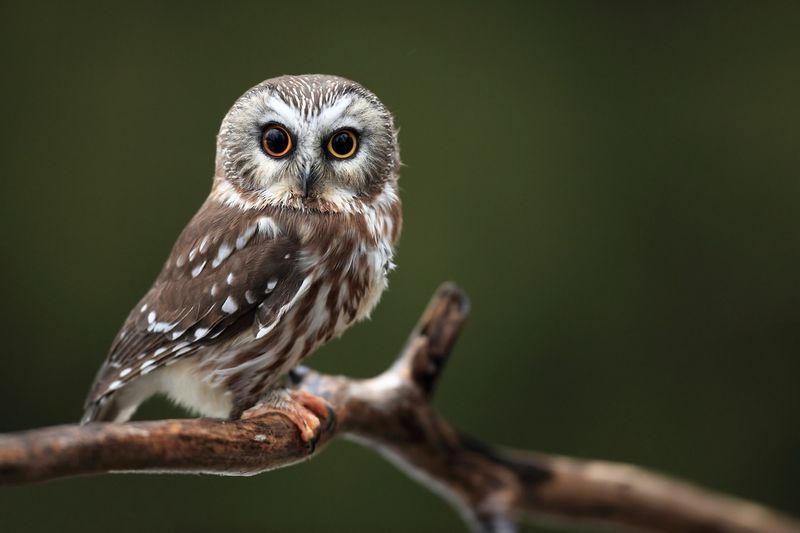
A soft whistle might not immediately make you think of owls, but for the Eastern Screech Owl, it’s an essential part of their vocal repertoire. This gentle sound is often used in social interactions, particularly between mates and their offspring.
The whistle serves to maintain contact, especially during hunting or when the family is spread out. Unlike other more aggressive sounds, the whistle has a soothing quality, almost like a lullaby. It’s a comforting sound for young owlets, assuring them of their parent’s presence.
The next time you hear a faint whistle in the woods, it might be this small owl keeping tabs on its family. It’s a charming reminder of the softer side of these nocturnal creatures, proving that owl sounds aren’t all about drama and intimidation.
4. Bark
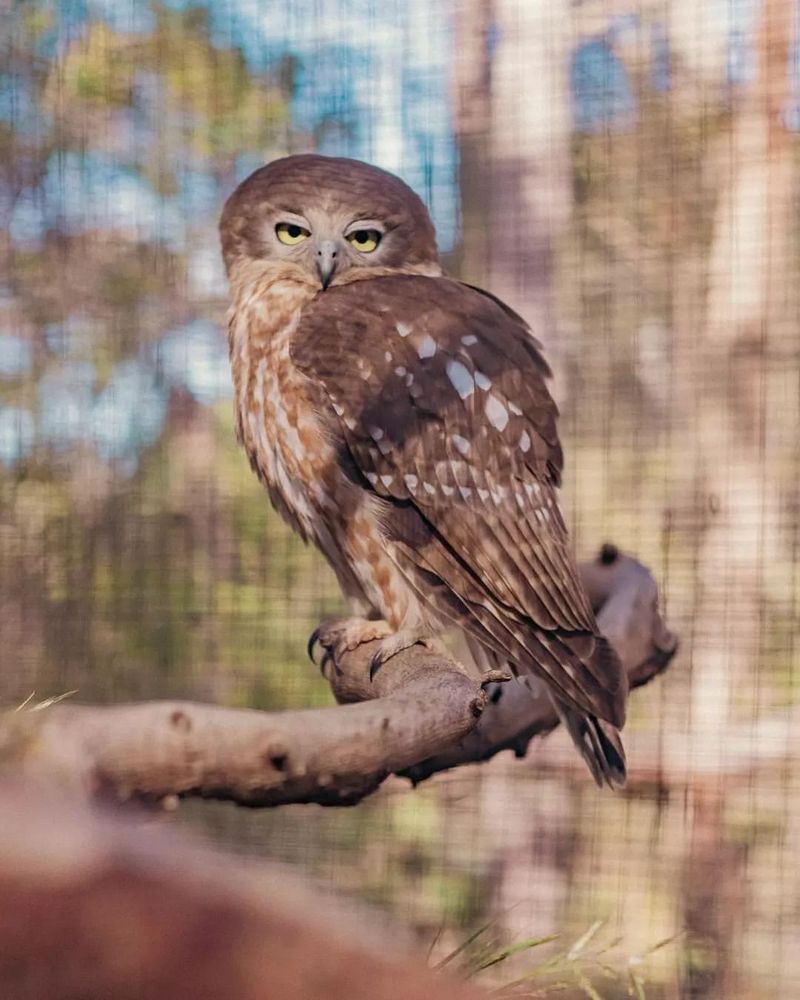
Barking is not just for dogs; owls can do it too! The Barred Owl, known for its distinctive “who cooks for you” call, also barks. This sharp and abrupt sound is typically an alarm call, signaling danger or disturbance. It’s like the owl’s version of a burglar alarm, alerting others in the vicinity.
Besides being an alarm, the bark can be used to establish territory, especially during the nesting season. It’s a versatile sound that conveys urgency and authority. So, if you hear barking in the woods and there’s no dog in sight, look up.
It might just be a Barred Owl keeping watch. These barks add a layer of excitement and mystery to the soundtrack of the forest, reminding us of the owl’s vigilant nature.
5. Trill
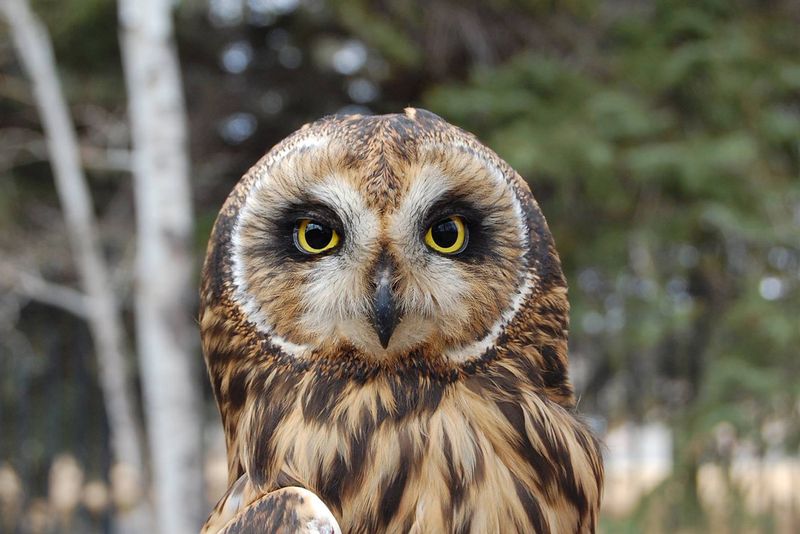
The trill is a melodious and continuous sound that adds a touch of musicality to the owl’s vocal range. The Lesser Sooty Owl is known for its trilling, often used in courtship rituals. It’s like a serenade in the moonlight, wooing potential mates and showcasing the owl’s charm.
This sound is not just for romance; it also helps in reinforcing pair bonds and ensuring harmony within the territory. The trill can vary in pitch and length, adding complexity to the owl’s communication. Imagine walking through a rainforest and hearing a gentle trill in the distance.
It’s the owl’s way of adding a symphonic touch to the natural environment, blending seamlessly with the rustling leaves and distant waterfalls. The trill is truly a testament to the owl’s artistic side.
6. Growl
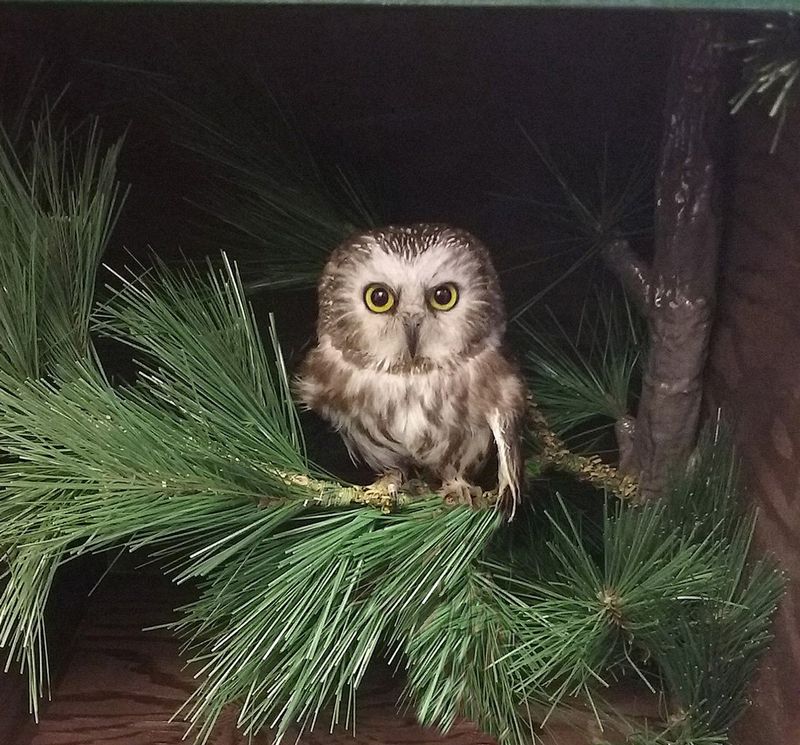
Growling might sound unusual for an owl, yet it’s a part of their communication toolkit, especially for the Short-eared Owl. This low, rumbling sound is primarily used during confrontations. It’s an intimidating display, meant to ward off threats or competitors.
Interestingly, growls can also occur during feeding, signaling contentment or a warning to others not to intrude on their meal. It’s like the owl’s version of saying, “Don’t even think about it!” Next time you’re wandering through open fields and hear a strange growl, it might be this owl making its presence known.
Though it may sound ominous, it’s just an owl’s way of expressing itself in the vastness of the wilderness. This growl adds an element of the unexpected to the serenade of night sounds.
7. Chirp
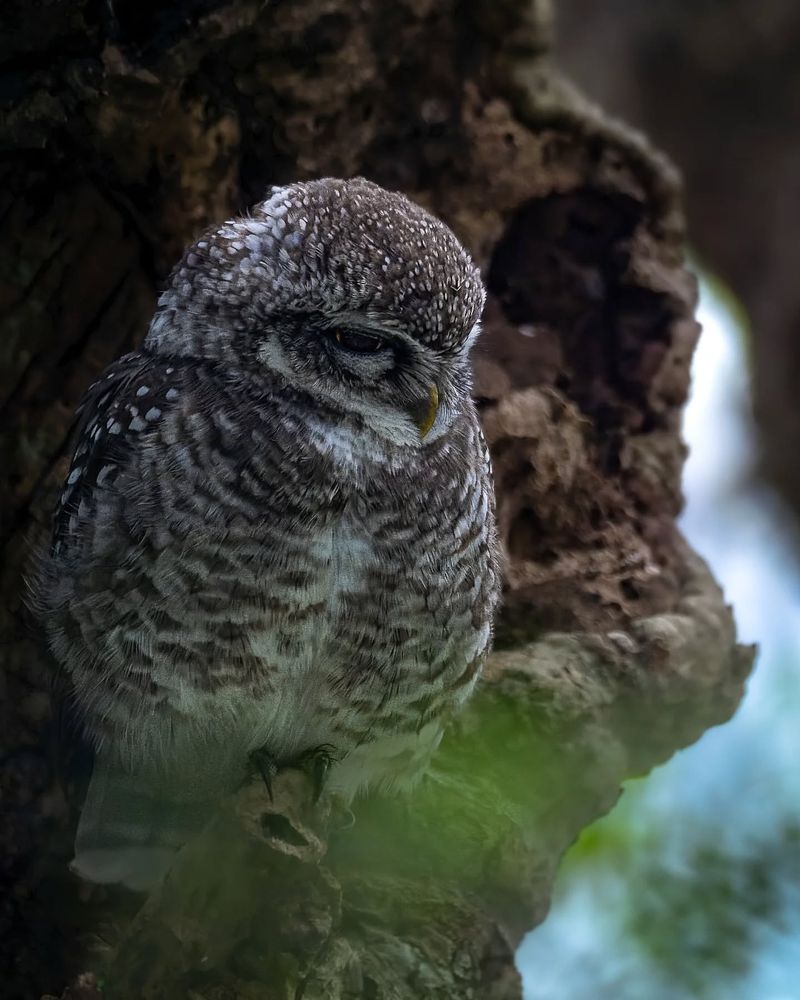
Chirping is not exclusive to songbirds; Burrowing Owls do it too, particularly the juveniles. This sound is commonly associated with communication within the family group, especially when parents and chicks are interacting.
The chirp is a simple yet effective way of keeping in touch. These soft chirps often occur during feeding times or when the young owls are learning to hunt. It’s like a gentle encouragement, guiding them in their early life stages.
Imagine hearing a series of chirps while watching these small owls near their burrows. It’s a delightful scene, highlighting the playful and nurturing side of owl life.
Chirping brings an element of light-heartedness to the otherwise mysterious world of owls, proving that even these creatures have a cheerful side.
8. Hiss
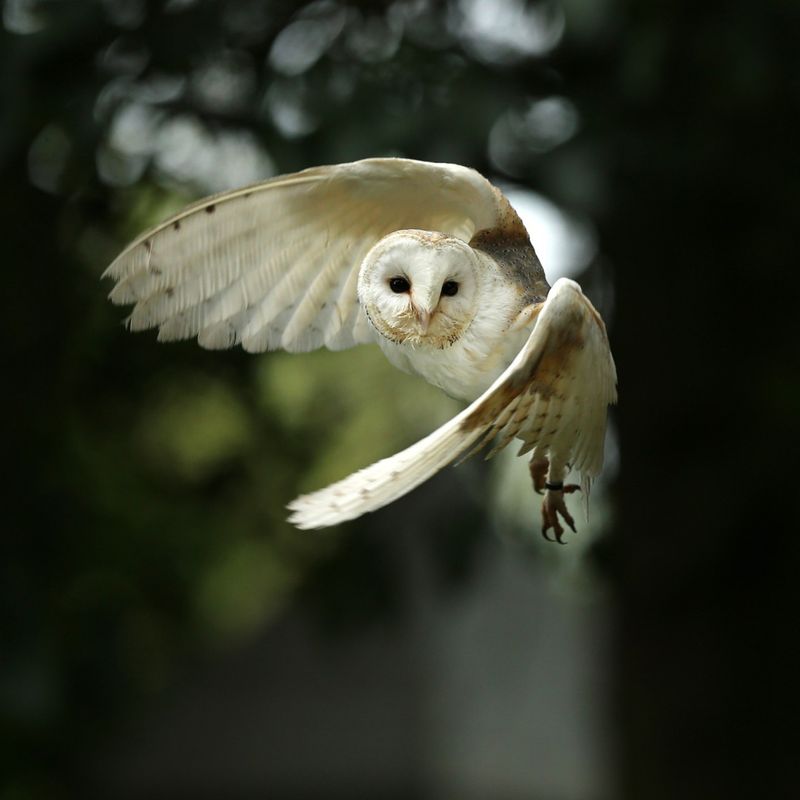
Hissing might make you think of snakes, but Snowy Owls have mastered this sound too. This defensive noise is typically used when they sense danger or need to protect their young. The hiss is a warning signal, meant to deter predators or intruders from coming closer.
In the vast, open landscapes of the tundra, the hiss can carry over long distances, giving the owl an advantage in keeping its territory safe. It’s a sound of authority and caution. Picture a snowy expanse where the only sound is the wind – and then a hiss breaks the silence.
It’s the Snowy Owl, ever vigilant and ready to defend its domain. This sound adds a layer of drama to the tranquil wilderness, showcasing the owl’s fierce protective instincts.
9. Bill Snap
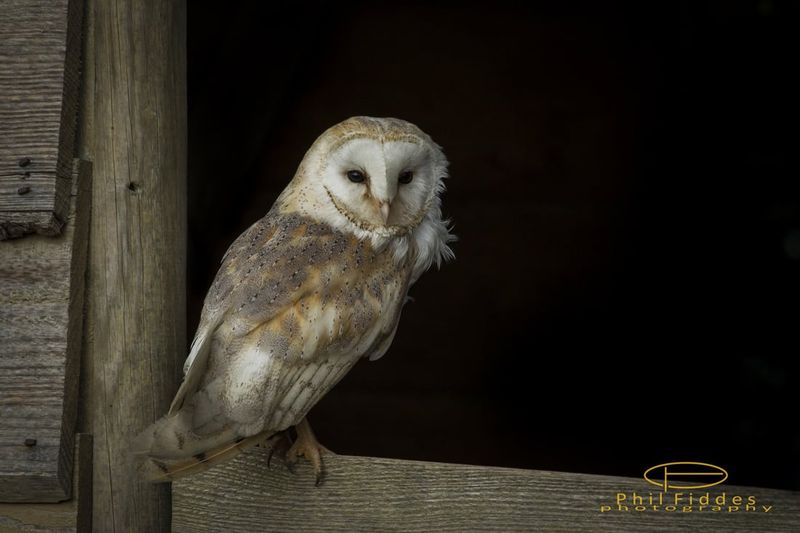
The sound of a snapping bill is an attention-grabber, and the Northern Pygmy Owl uses it effectively. This sound is often a sign of agitation or threat, produced by rapidly snapping the beak open and shut. It’s a sharp, clicking noise that can startle predators and communicate displeasure.
Besides its defensive use, the bill snap can also occur during nesting season, adding an extra layer of communication within owl families. It’s both a warning and a display of confidence. In the quiet of the woods, a sudden bill snap can be surprising.
It serves as a reminder of the owl’s assertive nature and its ability to use all resources at its disposal to maintain order. This sound, though brief, is packed with meaning and purpose.
10. Coo
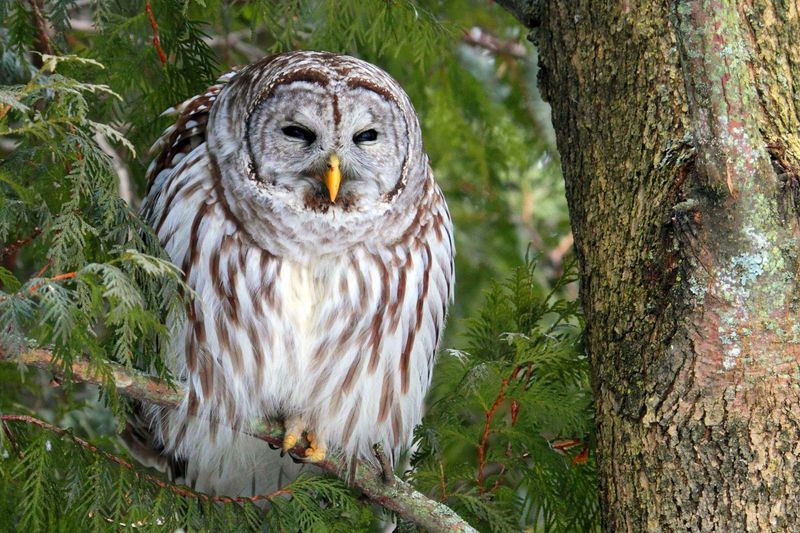
Cooing is a sound that evokes calm and comfort, and the Spotted Owl is a master of this gentle vocalization. The coo is often used between mates, serving as a tender exchange that strengthens their bond. It’s akin to a whisper, filled with affection and trust.
This sound can also be part of courtship, adding a layer of romance to the owl’s interactions. The coo conveys a sense of security and belonging within the owl’s territory. Imagine a peaceful evening where the air is filled with subtle coos from the treetops.
It’s the Spotted Owl’s way of creating a serene and harmonious atmosphere. The cooing soothes the soul, adding a touch of warmth and tenderness to the nocturnal symphony.
11. Warble
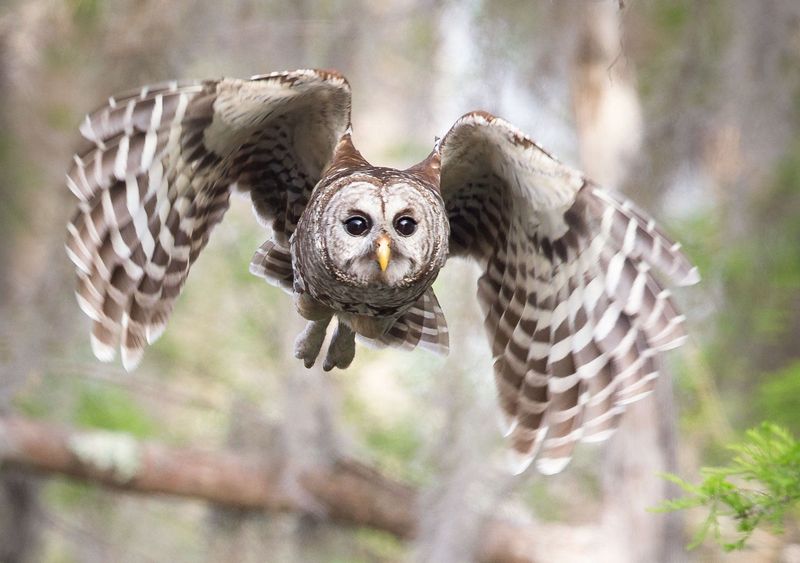
Warbling might sound like something out of a fairy tale, and for the Flammulated Owl, it adds a whimsical touch to its vocal expressions. The warble is a complex, varied sound that plays a significant role in courtship. It’s a display of vocal prowess and creativity.
This sound can also be heard during social interactions, helping to maintain bonds within the owl community. The warble’s intricate patterns and melodies make it a standout feature of the owl’s communication skills.
Imagine sitting under a starry sky, listening to the enchanting warble of a Flammulated Owl. It’s a magical moment, where nature’s beauty and the owl’s musicality blend into a captivating experience. The warble is a testament to the owl’s versatility and charm, adding a sparkle to the nocturnal soundscape.
12. Peep
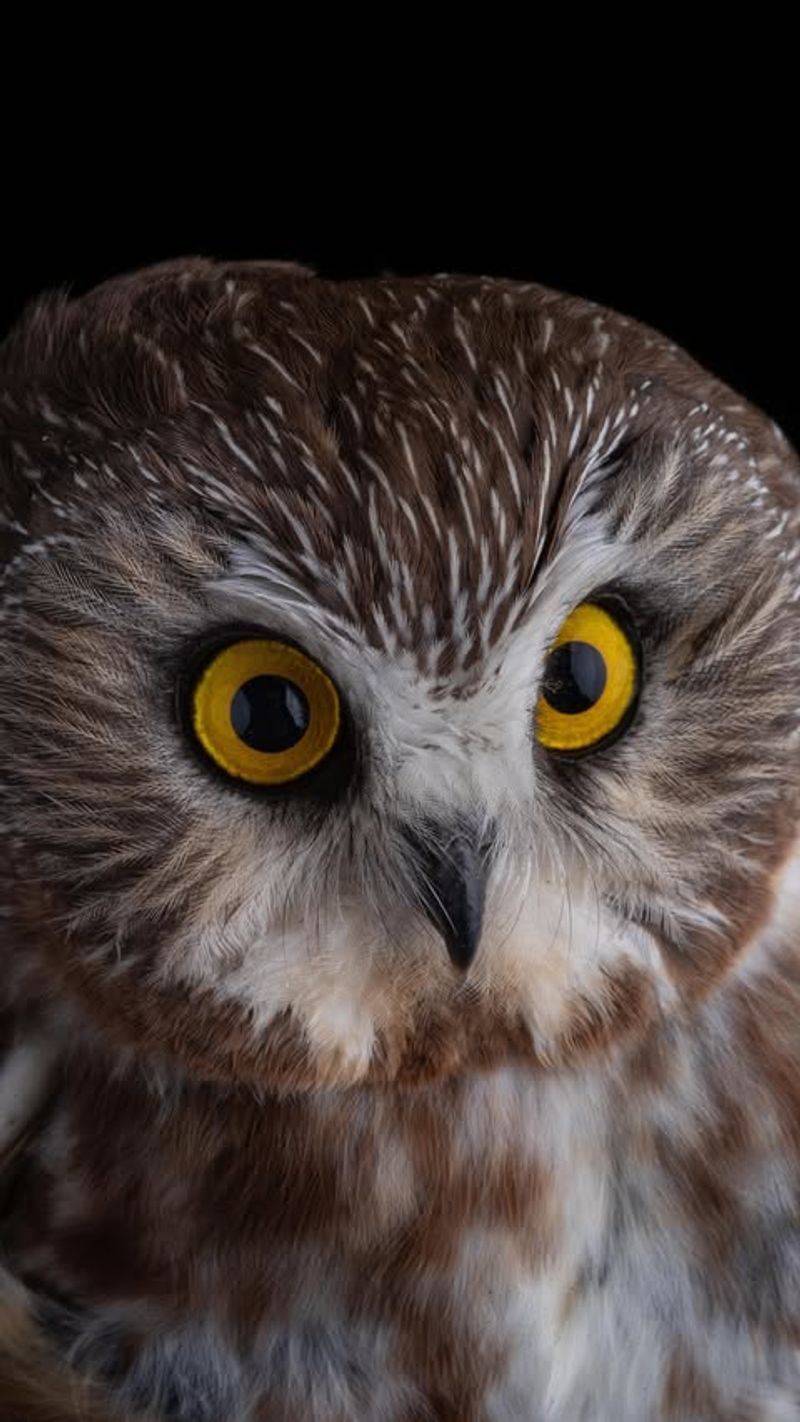
Peeping isn’t just for chicks; young Screech Owls have perfected it too. This sound is predominantly used by juveniles when they’re hungry or seeking attention from their parents. The peep is a high-pitched, repetitive call that demands immediate response.
It’s a critical part of the young owl’s development, fostering communication and learning within the family unit. Beyond hunger, peeping can also express curiosity or the urge to explore. Picture a curious young owl peeking out from its safe haven, peeping the evening away.
It’s an endearing sound, full of youthful energy and wonder. The peep adds a playful note to the forest’s nighttime symphony, reminding us of the joy and innocence in the animal kingdom.

